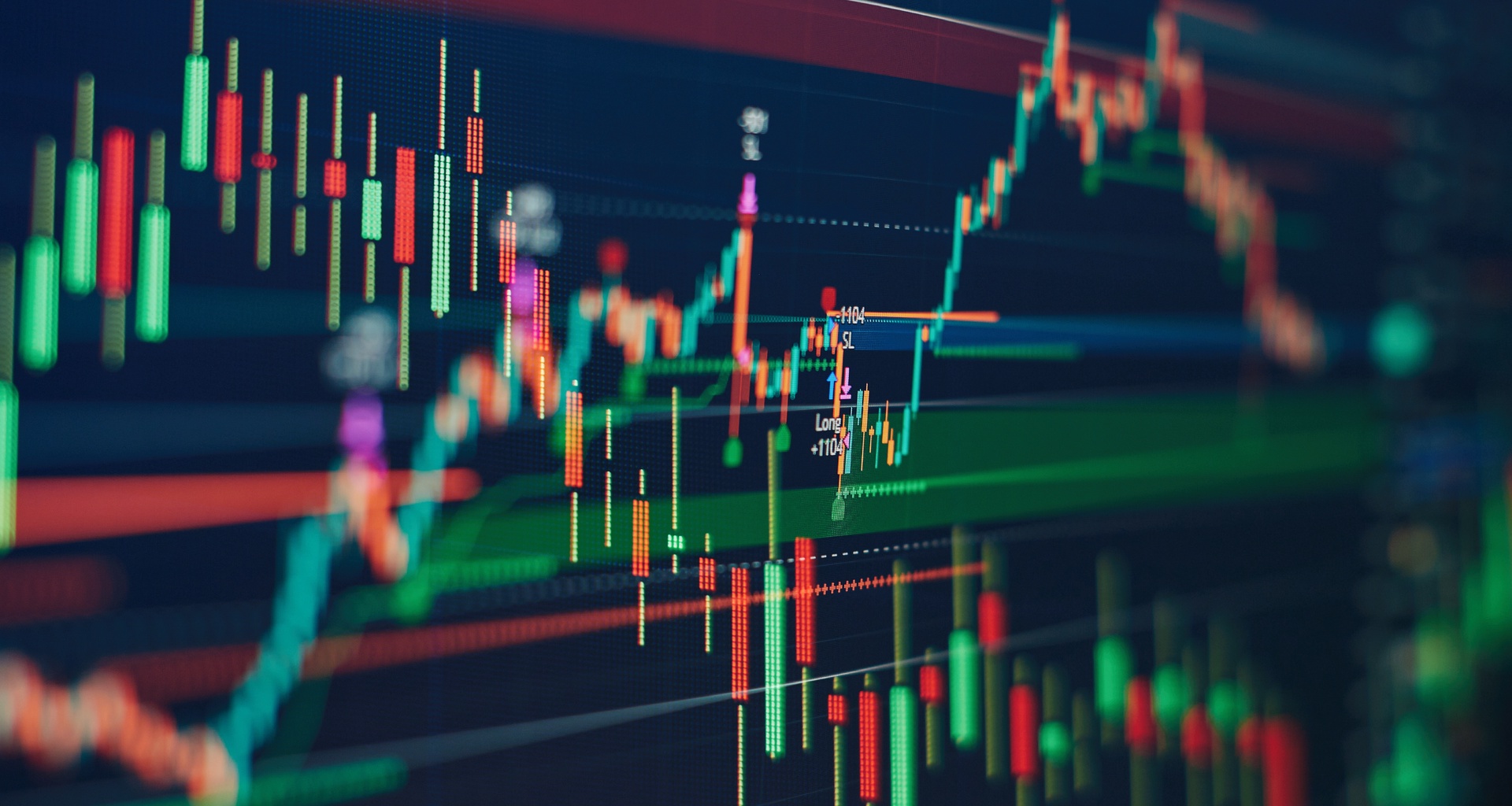Hong Kong is seeking a role in the development of China’s carbon market by leveraging its capabilities as an international financial centre. The opportunities for Hong Kong lie in its access to two regional carbon trading markets, the Guangdong emissions trading scheme (ETS) and the Shenzhen ETS, which are part of China’s national ETS launched in July 2021.
The Hong Kong Exchange, the Hong Kong Securities and Futures Commission, and the Hong Kong Monetary Authority are part of the Green and Sustainable Finance Cross-Agency Steering Group, which is formulating an overall plan that will determine what role Hong Kong can play in the development of China’s carbon trading market.
“We will actively explore new opportunities to drive the development of a green and low carbon market in the region and both exchanges will work together in areas such as clearing, technology, and collaborate on marketing and investor education efforts,” says Grace Hui, managing director, head of green and sustainable finance, markets division, Hong Kong Exchanges and Clearing Limited (HKEX). She is referring to the Hong Kong Exchange and the Guangzhou Futures Exchange.
Hong Kong by itself is too small to have its own ETS, but it is looking to tap into the Guangdong ETS and Shenzhen ETS for Hong Kong-listed companies to gain access to China’s carbon trading markets.
Listed companies
“We are a tiny, low-carbon market which will not have enough liquidity. So we’re looking to tap into the Greater Bay Area and work with the two regional ETS in Guangdong and Shenzhen to see whether we can allow our listed companies, for example, to participate in the carbon trading markets there,” Hui says.
On August 27, HKEX signed a memorandum of understanding with the Guangzhou Futures Exchange for strategic cooperation in promoting sustainability and facilitating the development of the Greater Bay Area. The Guangzhou Futures Exchange was established in April 2021 with HKEX investing around 220 million yuan (US$34 million) for a 7% stake.
Hong Kong’s global financial and legal infrastructure makes it well-placed to help in the development of a carbon futures market which will be essential for the overall development of carbon trading in China.
“I think to have a stabilized price you need to have a functional futures market for carbon and as a risk management centre in Hong Kong we have the expertise to help build the carbon derivative product for the domestic markets in China,” Hui says.
The launch of China’s national ETS, which is already the biggest in the world, has jump-started the development of carbon trading in the country. However, the volume of trading has slowed since launch date and carbon price per unit remains much lower than in international markets.
ETS liquidity
Trading on the ETS is managed by the Shanghai Environment and Energy Exchange. The first day of trading on July 16 opened with 4.1 million tonnes of carbon credits. A company reportedly purchased allowances worth US$1.2 million for 160,000 metric tonnes of emissions. At present, however, liquidity in the ETS is very slow and the prices of carbon credits are much lower than in similar markets outside China. Despite of these challenges, there are still opportunities around for long-only investors.
Apart from the national ETS, there are now seven regional ETS in China, which vary in terms of product offering, allowances, allocation methods, offset requirements, etc.
Among the regional ETS, the Guangdong ETS covers sectors accounting for about 70% of the province’s emissions. It has consistently been the most active among the regional ETS with trading volume of 32 mega tonnes in 2020.
The Shenzhen ETS is one of the most active regional markets in China despite its relatively small size compared to other pilots. By the end of last year, Shenzhen’s cumulative trading volume and turnover amounted to 58.6 million tonnes and roughly around US$200 million respectively.
“As an international stock exchange, HKEX is well-placed to support China’s domestic carbon trading market in both national and regional ETS. It can further cement Hong Kong’s position as an international finance centre, and make Hong Kong not only the refinance centre, but also the carbon finance centre in Asia,” Hui says.









